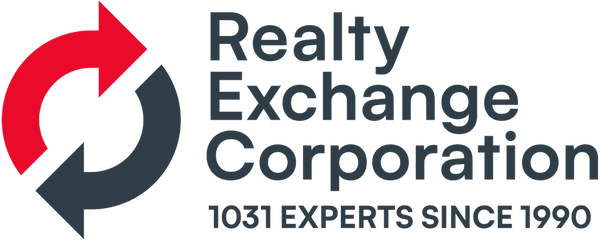How Much Reinvestment to Defer all the Taxes?
One of the primary objectives of a tax-deferred exchange is to defer paying any tax
on the gain realized when you sell the relinquished property.
For an exchange to be totally tax-free – that is, for all the gain to be deferred – the
reinvestment in the replacement property or properties must meet all the following
rules:
- Rule 1: The replacement property must have an equal or greater acquisition
cost than the adjusted sale price for the relinquished property. - Rule 2: The exchanger may not receive cash – all the proceeds in the qualified escrow account must be reinvested.
- Rule 3: The new or assumed mortgage total should be equal to or greater than the debt paid off on the relinquished property, or the Exchanger must add new cash to offset the difference.
- Rule 4: Taxpayer may not receive non-like property — including owner held notes, cash or personal property.
Example of Reinvestment Requirements:
The following example shows the reinvestment requirements for the gain to be totally tax-deferred.
| Contract Sales Price | $180,000 |
| Less: Selling Expenses | -$15,000 |
| Equals: Adjusted Sales Price | $165,000 |
| Less: Balance Due on Loans | -$65,000 |
| Equals: Cash Proceeds (exchange escrow funds) | $100,000 |
To be totally tax-free and to defer all of the gain, the following requirements must be met:
- The replacement property or properties must total an acquisition cost of at least $165,000;
- All of the $100,000 in cash proceeds must be reinvested in the replacement property or properties;
and - New (or assumed) mortgages and/or additional cash must be at least $65,000.
The acquisition cost is the contract price plus the acquisition expenses which are part of the cost to acquire the property. Normally these are shown on the settlement statement. The acquisition expenses do not include prepaid items, such as real estate property taxes and hazard insurance, or expenses associated with obtaining financing, such as points.
Partial Tax Free Exchange
It is possible that the situation will arise when the exchanger wants to receive or ends up receiving
BOOT, which is taxable income. There are three basic sources of boot, which are:
- Cash Boot: Cash proceeds received at settlement or at the end of the exchange process are taxable income up to the amount of the total realized gain.
- Mortgage Boot: Mortgage relief (the mortgages on the replacement properties are less than the total mortgages on the relinquished properties) also becomes boot and taxable income.
NOTE: New cash can offset mortgage boot.
- Non-Like Property Boot: If the exchanger were to receive non-like property in the transaction, such as an automobile, it is considered as taxable income at market value.
More common is when the exchanger takes back financing on the relinquished property. The value of the note received is considered boot and is a taxable gain. With proper planning, the note will be treated as an
installment sale and will be taxed as the gain is received over the term of the loan (contact us to discuss how a note taken back on the relinquished property may be handled to reduce taxable income).
Buying Down: If the exchanger decides to buy down, that is, to purchase a replacement property that has an acquisition cost less than the adjusted sale price of the relinquished property, the exchanger will have some taxable income.
If the relinquished property had an adjusted sale price of $165,000 and the taxpayer purchased a replacement property that cost $150,000, there will be $15,000 of recognized capital gain.
Tax on Boot: How will the $15,000 of capital gain be taxed? Unfortunately, any gain recognized in an exchange will be first taxed at the 25% federal rate until all the Section 1250 depreciation taken has been recaptured.
